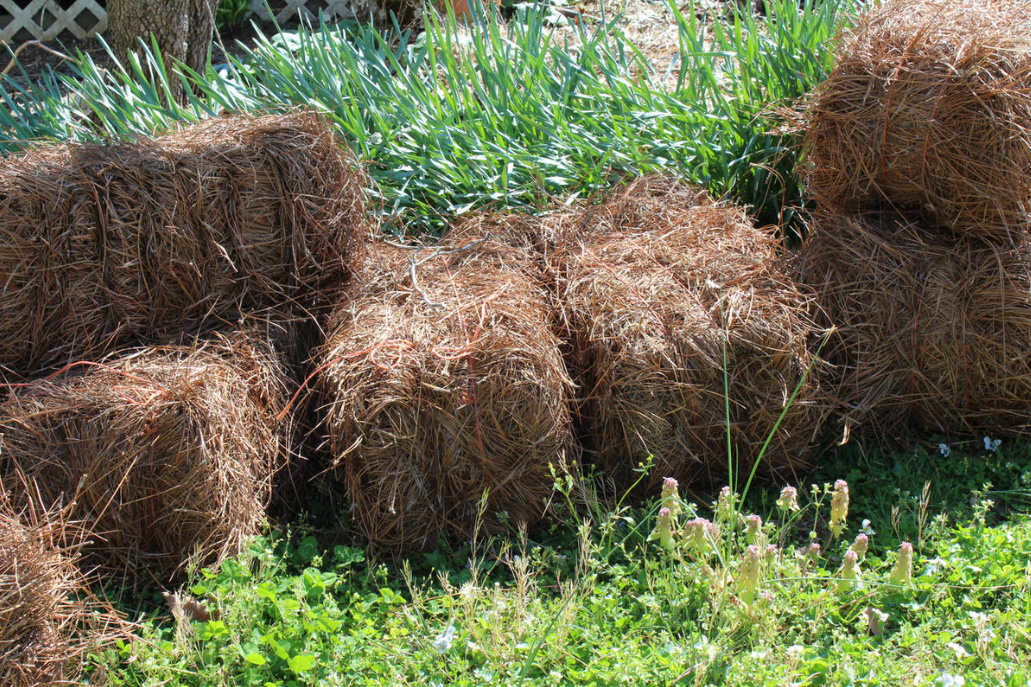
Not every adult can distinguish hay from straw. Let’s figure out why hay and straw are “two big differences”, and at the same time consider how to use both usefully in your own dacha.
Let ‘s define the concepts
For most modern people, both hay and straw are just dry grass. For our ancestors, good hay in sufficient quantity is the guarantee of life: if the cattle are fed, the owner will also be well. Hay is the main type of feed for farm animals in winter. Dictionaries define hay as “mown to full maturity and dried leaves and stems of herbaceous plants.” Properly harvested hay retains its green color and peculiar aroma throughout the winter.
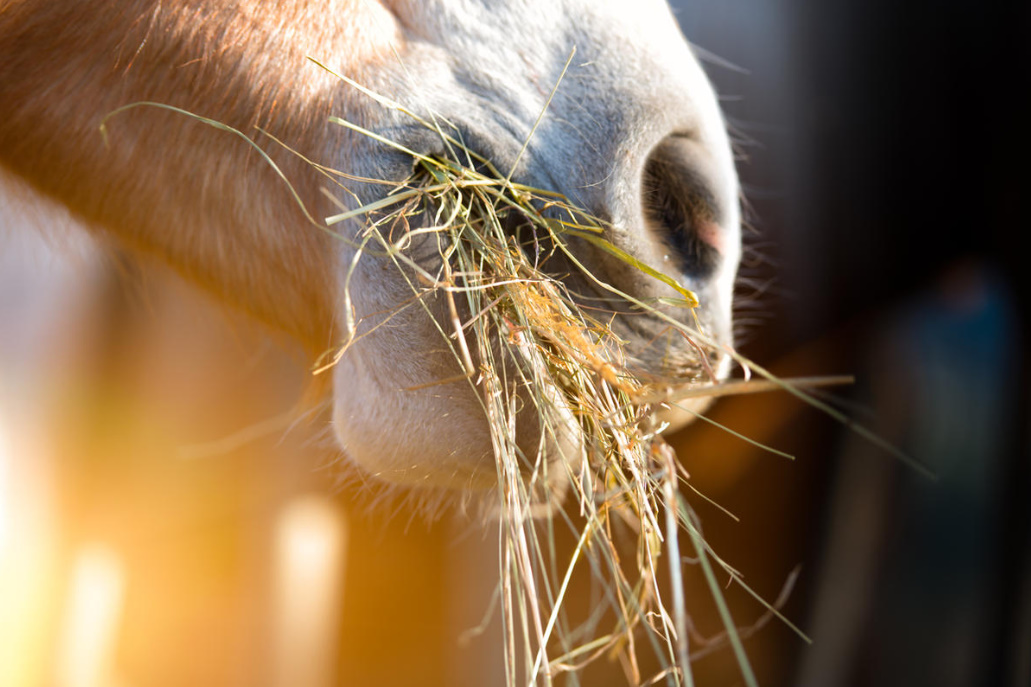
Straw is the ripe, dry stalks of cereals and legumes, from which leaves, inflorescences and seeds are removed during threshing. Straw is also used as feed — usually for cattle, but it is inferior in nutritional value and digestibility to hay. Therefore, it is more often used as an additive for volume or after special processing — grinding and pressing into feed pellets, steaming, processing with chemicals. At the same time, straw is an indispensable material for creating litter in a stall, as it absorbs animal waste products well.

Hay and straw were very important products for the peasants, so they participated in almost all ritual actions and rituals: hay was put in the bed of the newlyweds, they gave birth on hay, it was laid in a coffin. Today, the nuances of the origin of dry grass are important only for those who keep cattle.
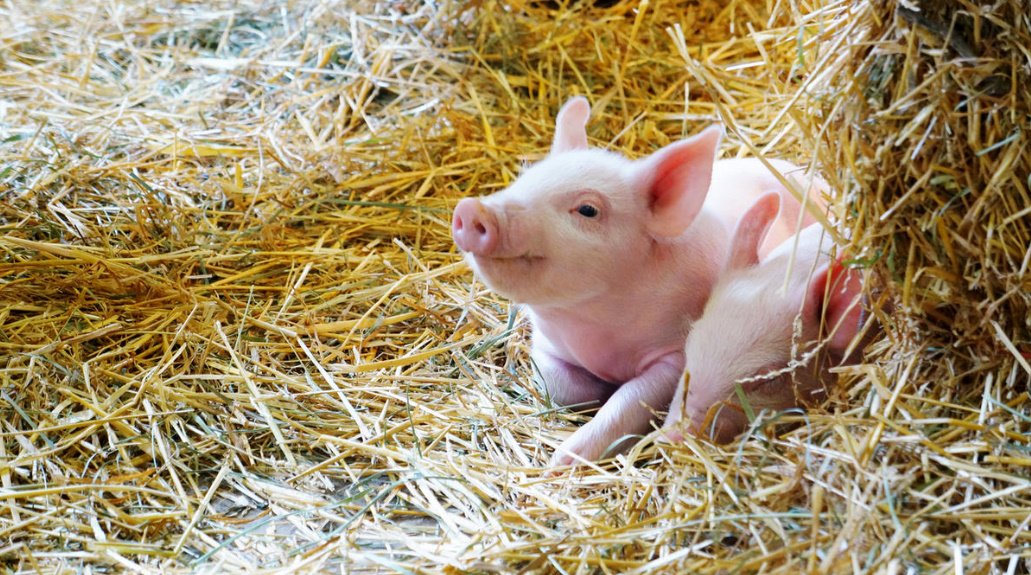
Methods of application in the country
For a summer resident, the main method of using hay and straw as feed for herbivorous farm animals is not too relevant: few keep animals on their site. But this does not mean that such useful materials will not be useful, especially if it is possible to get them without much difficulty.
1. Mulch, mulch and mulch again
In the garden, the main use of hay and straw is mulching of plantings. For example, strawberries. Growing strawberries on straw mulch is a traditional English agricultural technique. A layer of straw retains the moisture necessary for the plant to pour large berries, complicates the life of slugs, protects tender berries from dirt and rotting when in contact with the soil. By the way, despite the fact that America is the largest producer of strawberries, and southern countries have a hot climate suitable for it, the best berry in the world among connoisseurs is considered English. Maybe it’s the straw?
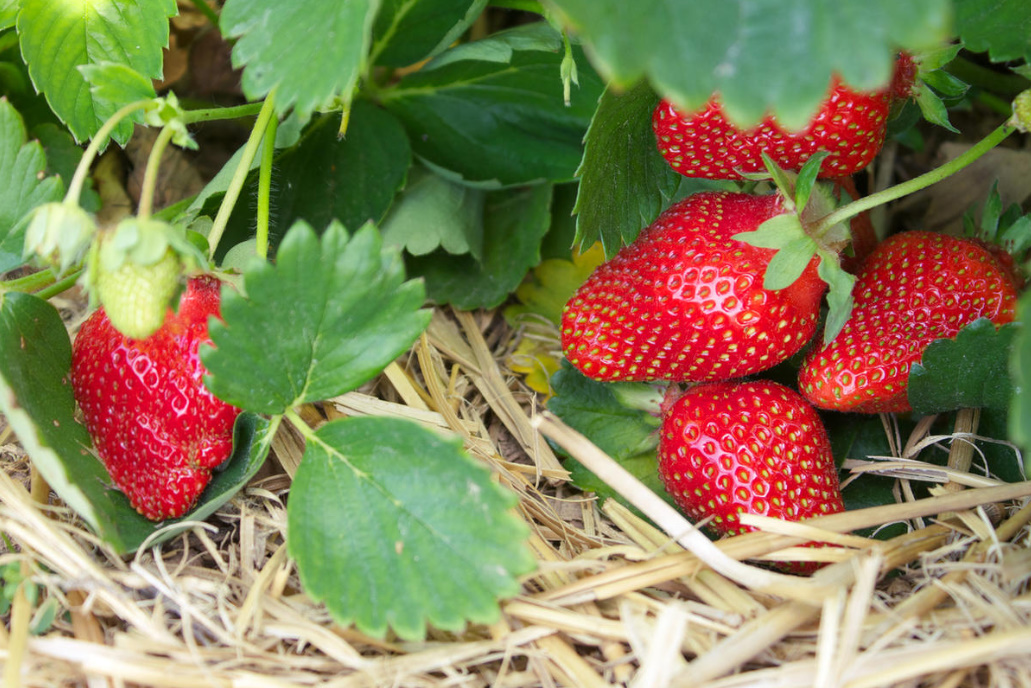
Recently, an agrotechnical technique used by supporters of permaculture has become popular — growing potatoes under straw. There is no need for the earth to form tubers — they grow on stolons, which are not roots, but branches. Plants under straw develop easily, because sprouts and tubers do not need to push the dense earth apart for growth. Potatoes are easy to dig, or rather, it is not necessary to dig at all, it is enough to move the straw.
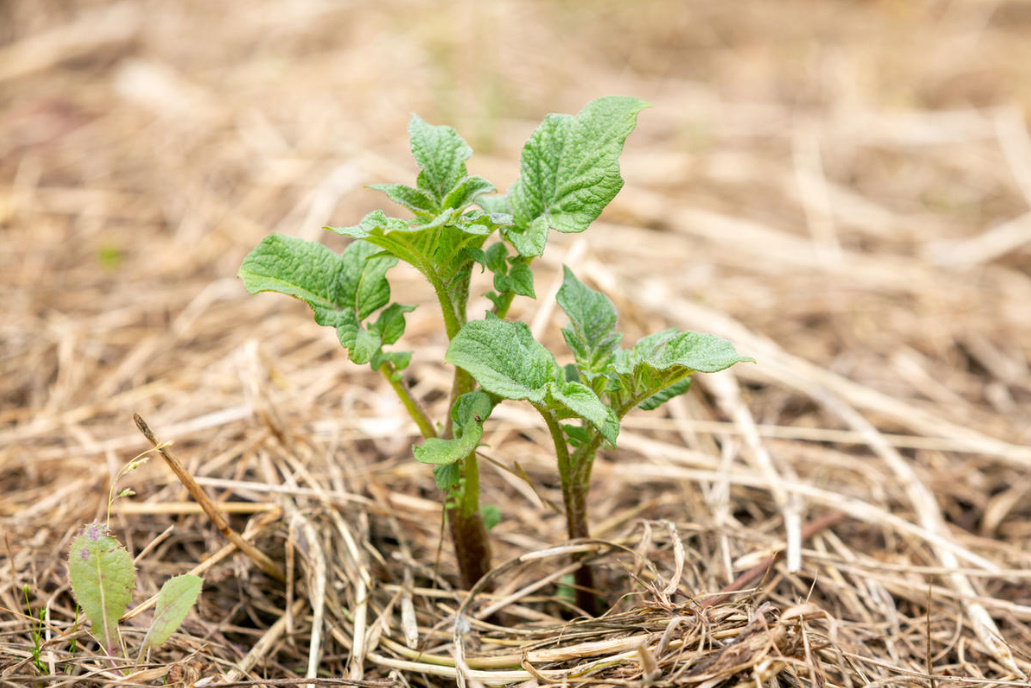
Hay or straw is also useful for mulching tomatoes: just as in the case of strawberries, dry grass will protect the fruits of the lower brushes from contact with the soil, remove excessive humidity in the greenhouse and retain moisture in the soil. And most importantly, a thick layer of mulch will protect against the spread of late blight spores in the soil. Also, an antagonist of pathogenic bacteria dangerous for tomatoes, Bacillus subtilis, develops in the overripe hay-straw.
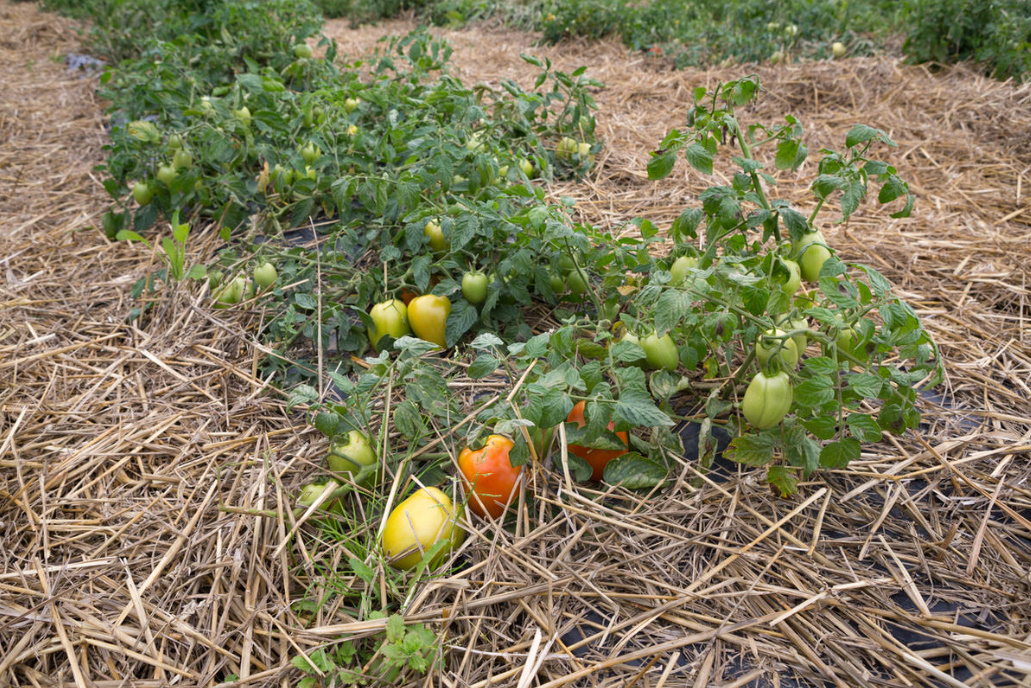
In addition to strawberries, potatoes or tomatoes, any crops from vegetables to fruit trees can be mulched with straw or hay. Moisture retention, weed control and loose soil in the root zone will be useful for all plants. In addition, organic mulch is gradually processed by soil animals, bringing additional nutrition to plants.
2. Beds of straw
True adherents of extensive agriculture, without being greedy, cover the whole garden with straw with a layer of up to 80 cm. However, this approach takes time: the place for future plantings with this method will be ready only in two years. The same principle can be used if you have a virgin plot, very poor sandy or rocky soil.
Straw in bales will be required for making beds. In early spring, without disassembling the bales, form planting areas from them, pour them very well with water. It is advisable to add nitrogen-containing fertilizers to the water or use an infusion of bird droppings or manure. When the time is right, make holes in the straw beds and plant the plants together with a lump of earth directly into the straw.
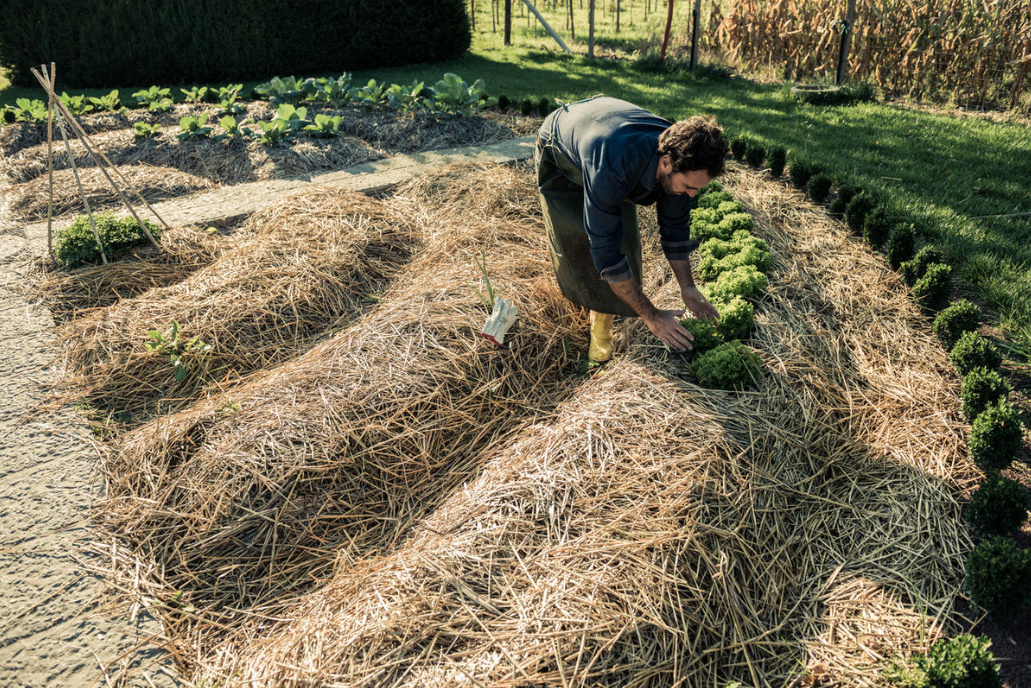
The straw will gradually decompose, providing the growing vegetables with everything they need. Make sure that the bed does not dry out. In a few years, the straw will turn into humus. It should be noted that this method is suitable only for planting seedlings: it will not work to sow seeds in the straw in the first year.
3. Tracks
Hay or straw can be used not only to cover the soil in the beds. Lay a thick enough layer on the path between plantings — and you will get rid of the muddy earth sticking to shoes after the rain. And the nutrients from the dry grass decomposing on the paths will still be available to plants.

4. Straw as fertilizer
In addition to mulching, straw and hay can also be used as an independent fertilizer. If your soils are not too fertile, and even heavy, clay, then dry grass can become an alternative to manure — it is enough to add cut straw in autumn when digging. It will be included in the creation of humus and will make the soil more friable and breathable.
It should be taken into account that it is necessary to bury dry grass residues shallowly (no more than 15 cm), then organic matter will fall into the menu of soil inhabitants living in the upper layer. If you “bury” the straw deeper, it will decompose for a long time and will bring less benefit.
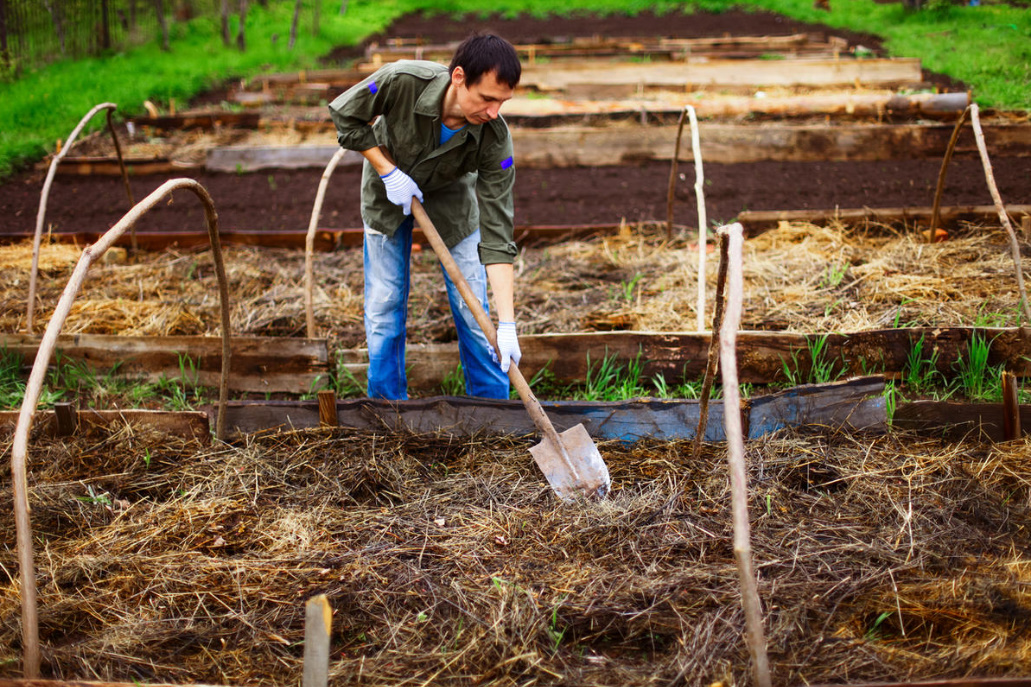
To eliminate the initial nitrogen deficiency (microorganisms will actively consume it by attacking dry organic matter), add nitrogen fertilizing along with hay-straw. With regular (every autumn) application of such fertilizer in a few years, it is possible to create a completely fertile, air- and moisture-permeable layer even on frankly clay soil.
5. Straw compost
If you are not ready to cover the entire area of the garden with straw or hay, or you do not have enough of this material, make a traditional compost. Alternate dry material with a green mass of freshly weeds and kitchen waste. If you add special bacterial agents to accelerate composting, then in six months you will have an excellent nutritional supplement in the wells when planting.

6. “Winter apartments” made of straw
Straw and hay will also be useful for creating winter shelters for plants, but you need to use them correctly: do not allow evaporation (take only dry material and protect it from getting wet) and clean it in time in the spring. Straw is a good thermal insulator, it can both protect from the cold and prevent the earth from warming up too early in the spring sun.

7. A greenhouse made of straw
Straw bales are an excellent solution for creating even a full—fledged greenhouse. Straw is not only an effective thermal insulation material for walls, but also a heater. You’ve probably heard of greenhouses fueled with biofuels from manure? Straw and hay can also act as fuel.
To do this, nitrogen fertilizers, slurry or a solution of manure are applied to straw or hay laid in a thick layer at the base of the bed, poured with hot water for about a week — until full saturation. Between watering, the future bed is covered with a film (preferably black — for better warming up). After the straw biofuel has “flared up” (the temperature in the bowels can rise to +60 ° C), a layer of earth is poured on top — and you can plant it in a warm bed.
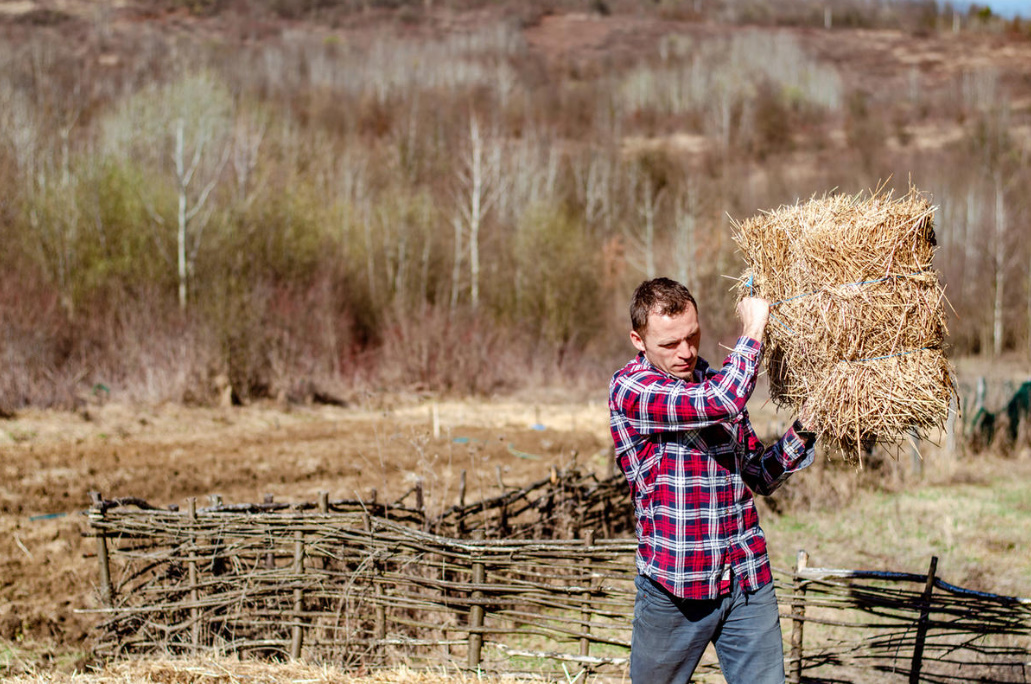
8. Straw construction
A cottage is not only a vegetable garden and a greenhouse. Straw can also be useful in construction. For example, as a heater (the thermal conductivity coefficient of a straw bale is comparable to the parameters of such thermal insulation materials as expanded polystyrene or mineral wool), roofing material or decorative finishing.

As it turned out, dry grass can be very useful for suburban affairs. We counted eight ways to use hay and straw on the site. And which ones do you use? Share it in the comments.
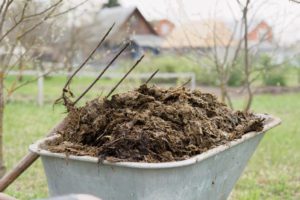
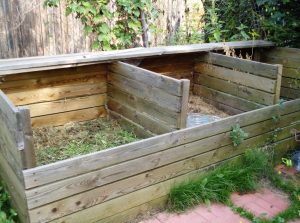

Leave a Reply